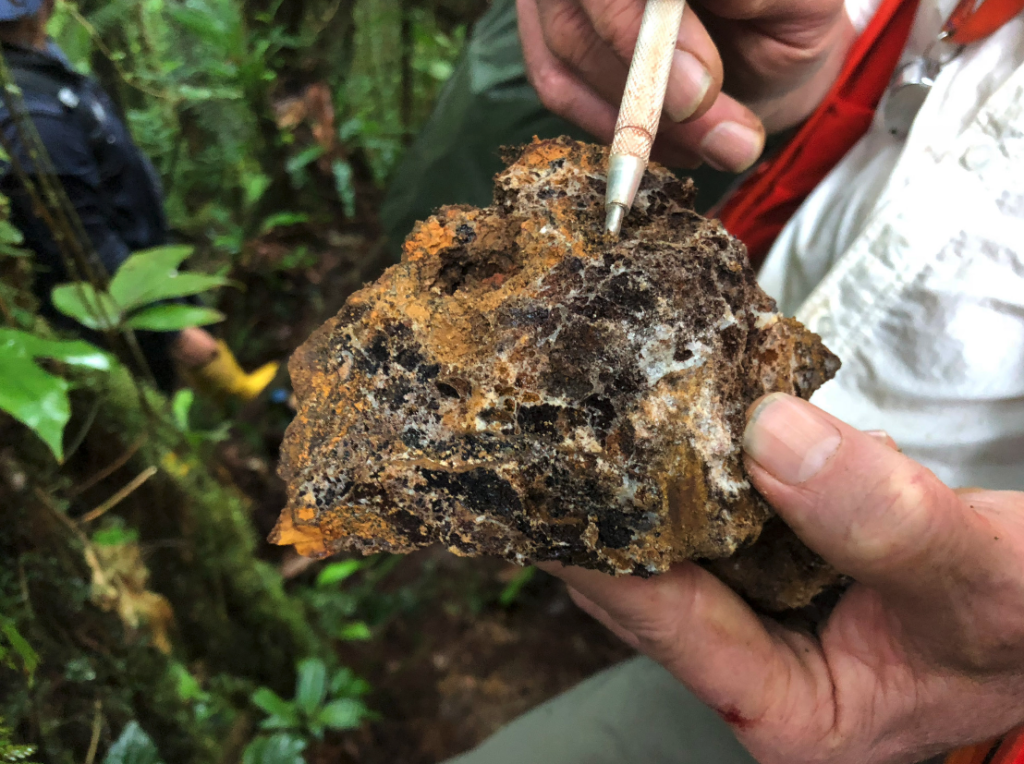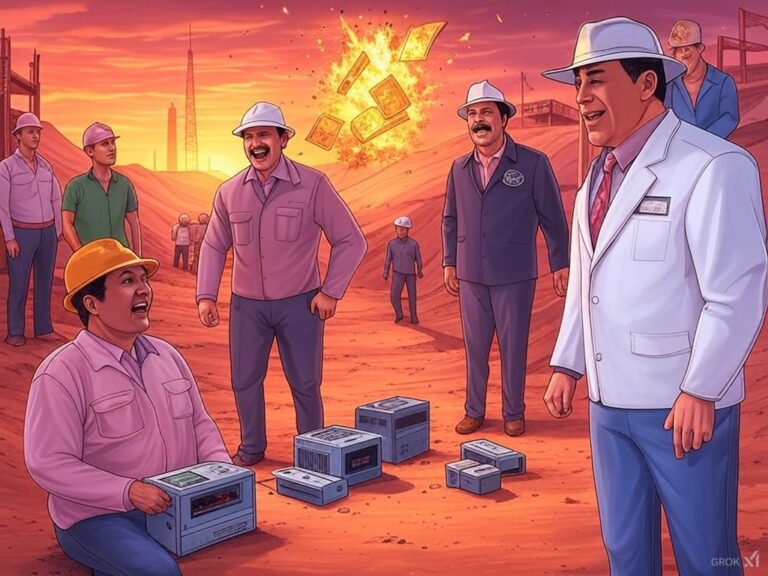Canadian company Aurania Resources Ltd. is a classic example of a junior miner. Since its foundation in 2007, the company has been primarily engaged in the discovery and exploration of gold and copper deposits in Ecuador.
The Lost Cities-Cutucu project in southeastern Ecuador is the main project and flagship of Aurania Resources Ltd. In addition, the Canadian junior miner holds other mining rights in the Swiss canton of Valais.
At Aurania Resources Ltd.’s main project, 11 rock veins have been discovered to date for gold and silver recovery, as well as 4 copper veins and 1 vein for zinc, lead and silver recovery.
Aurania Resources Ltd. is listed on the Frankfurt and Toronto stock exchanges as well as on the OTCQB Venture Exchange in New York and currently has a market capitalization of 124 million Canadian dollars after several rounds of financing.
„Lost Cities-Cutucu Project“ – irrevocably linked to Aurania Resources Ltd.
The main project of Aurania Resources Ltd., the „Lost Cities-Cutucu Project“ can be traced back to the time of the conquistadors in the 15th century. At that time, the legend about seven gold mines in the so-called Jurassic Metallogenic Belt, located in the eastern foothills of the Andes in southeastern Ecuador, which were supposed to be the origin of Inca gold, was the talk of the town. The legend developed into the „myth of El Dorado“ and attracted treasure hunters and adventurers to southeastern Ecuador again and again over the centuries.
During this time, there were occasional serious attempts at exploration, but all efforts by treasure hunters and official explorations remained unsuccessful until 1981. The Nambija Mine, discovered at that time, attracted thousands of prospectors and miners, so that by the year 2000, some 2.7 million ounces of gold had been produced there.
However, a large amount of the gold produced ended up on the black market, leaving the Ecuadorian government with little tax revenue. The onslaught of miners also created a maze of open tunnels and sewers and wreaked havoc in the mining area.
Finally, in 2000, a landslide caused more than 300 deaths. As a result, gold production in the area was halted and the mine was again forgotten.
It was only when historian Professor Octavio Latorre alerted the Ecuadorian government that the mine might once have been a Spanish or even an Inca mine that the government decided to support a planned and technologically advanced mining operation for the benefit of Ecuador.
Canadian geologist and current CEO of Aurania Resources Keith Barron met historian Latorre by chance in 1998 and the idea to found Aurania Resources and explore the Lost Cities-Cutucu project was born.
Canadian company Aurania Resources Ltd. is a classic example of a junior miner. Since its foundation in 2007, the company has been primarily engaged in the discovery and exploration of gold and copper deposits in Ecuador.
The Lost Cities-Cutucu project in southeastern Ecuador is the main project and flagship of Aurania Resources Ltd. In addition, the Canadian junior miner holds other mining rights in the Swiss canton of Valais.
At Aurania Resources Ltd.’s main project, 11 rock veins have been discovered to date for gold and silver recovery, as well as 4 copper veins and 1 vein for zinc, lead and silver recovery.
Aurania Resources Ltd. is listed on the Frankfurt and Toronto stock exchanges as well as on the OTCQB Venture Exchange in New York and currently has a market capitalization of 124 million Canadian dollars after several rounds of financing.
„Lost Cities-Cutucu Project“ – irrevocably linked to Aurania Resources Ltd.
The main project of Aurania Resources Ltd., the „Lost Cities-Cutucu Project“ can be traced back to the time of the conquistadors in the 15th century. At that time, the legend about seven gold mines in the so-called Jurassic Metallogenic Belt, located in the eastern foothills of the Andes in southeastern Ecuador, which were supposed to be the origin of Inca gold, was the talk of the town. The legend developed into the „myth of El Dorado“ and attracted treasure hunters and adventurers to southeastern Ecuador again and again over the centuries.
During this time, there were occasional serious attempts at exploration, but all efforts by treasure hunters and official explorations remained unsuccessful until 1981. The Nambija Mine, discovered at that time, attracted thousands of prospectors and miners, so that by the year 2000, some 2.7 million ounces of gold had been produced there.
However, a large amount of the gold produced ended up on the black market, leaving the Ecuadorian government with little tax revenue. The onslaught of miners also created a maze of open tunnels and sewers and wreaked havoc in the mining area.
Finally, in 2000, a landslide caused more than 300 deaths. As a result, gold production in the area was halted and the mine was again forgotten.
It was only when historian Professor Octavio Latorre alerted the Ecuadorian government that the mine might once have been a Spanish or even an Inca mine that the government decided to support a planned and technologically advanced mining operation for the benefit of Ecuador.
Canadian geologist and current CEO of Aurania Resources Keith Barron met historian Latorre by chance in 1998 and the idea to found Aurania Resources and explore the Lost Cities-Cutucu project was born.
The Lost Cities-Cutucu area consists of approximately 208000 hectares, which are divided into a total of 42 concession areas. Here Aurania Resources Ltd. is exploring the area using modern geological, geophysical and geochemical techniques and has already discovered considerable resources to date.







